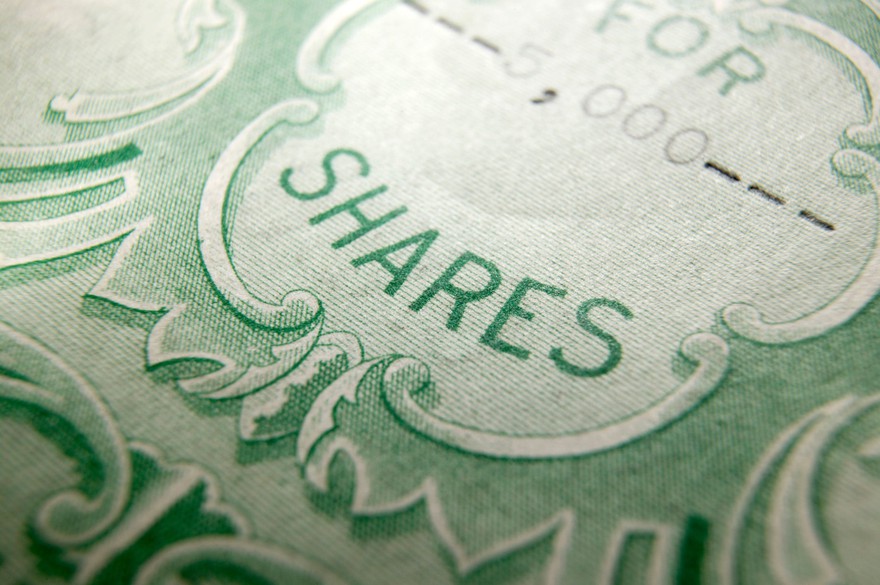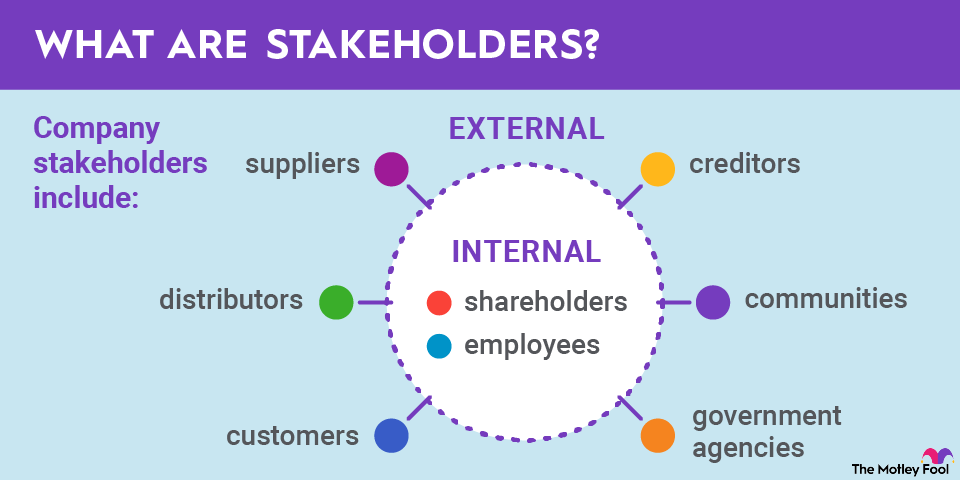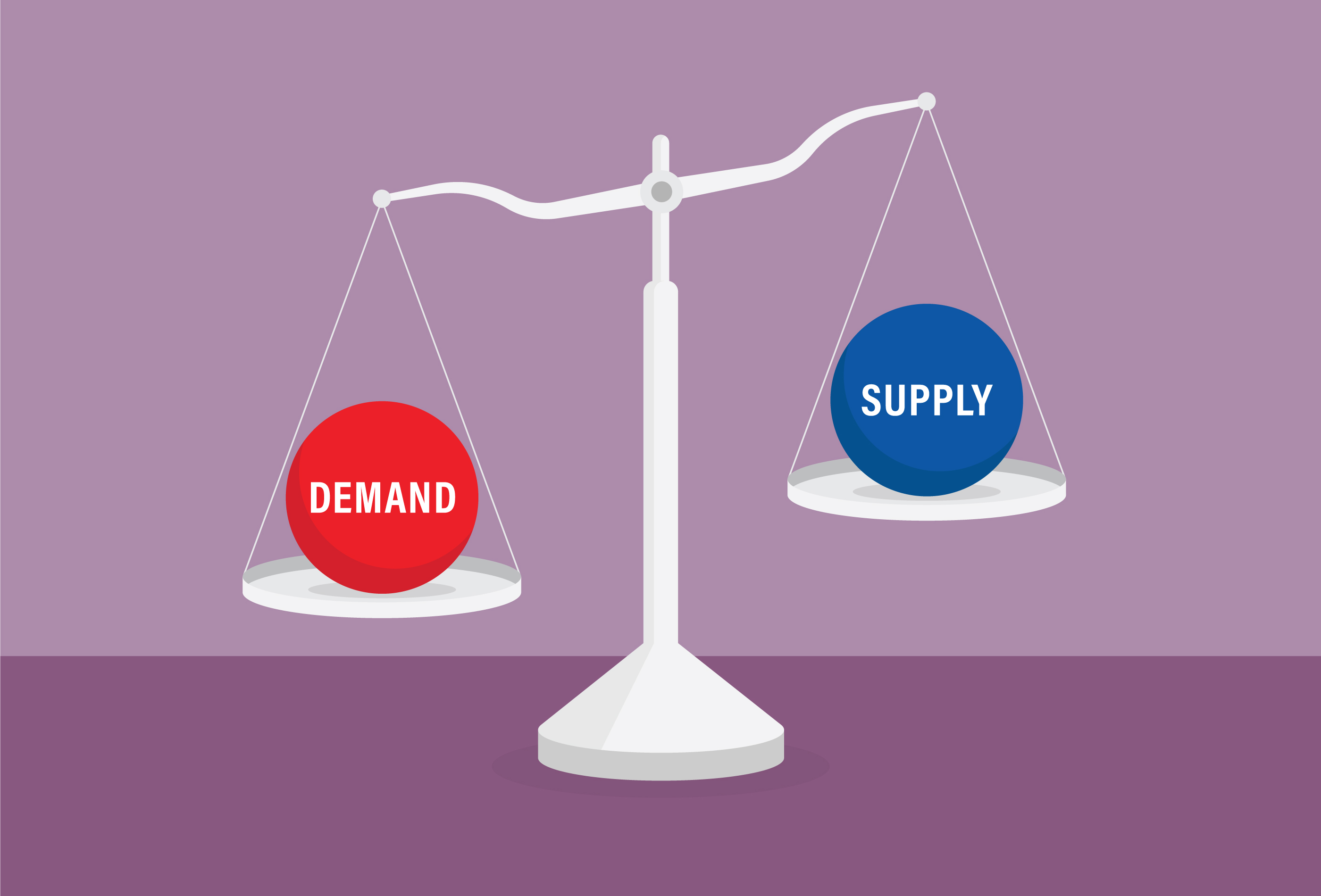If you own a share of stock in a company, it means that you own an economic interest in the underlying business. But there's more to the story than that. Here's a rundown of what a share of stock is, and what investors should know about how shares of stock work.

Image Source: Getty Images
Different types of stock
Technically speaking, there are two different types of shares of stock that you could buy -- common stock and preferred stock.
- Common stock: Common stock is what most people think of when they hear the word "stock." Common stock represents an equity ownership interest in a business, as discussed earlier. It's also worth mentioning that there can be different classes of common stock, even among the same company. For example, Alphabet (GOOGL +1.88%)(GOOG +1.91%) has two different classes of publicly traded stock. The difference? One has voting rights when it comes to electing board members and other shareholder votes, and the other doesn't.
- Preferred stock: Preferred stocks work quite differently -- they are more like fixed-income instruments, with a predetermined dividend amount and par value. Unlike with a common stock, preferred stocks don't represent a proportional share of a company's earnings -- no matter what a company earns, preferred shareholders get the same dividend and the intrinsic (par) value of the shares remains the same. Preferred shareholders don't have voting rights, while common shareholders generally do. Preferred dividends are generally superior to common dividends in terms of priority -- if a company is struggling financially, preferred stockholders must get paid before any common shareholders are. Preferred shareholders are higher in priority when it comes to claims on a company's assets in bankruptcy situations.
Related investing topics
About the Author
Matt Frankel, CFP, is a contributing Motley Fool stock market analyst and personal finance expert covering financial stocks, REITs, SPACs, and personal finance. Prior to The Motley Fool, Matt taught high school and college mathematics. He holds a bachelor’s degree in physics from the University of South Carolina, a master’s degree in mathematics from Nova Southeastern University, and a graduate certificate in financial planning from Florida State University. He won a SABEW award for coverage of the 2017 Tax Cuts and Jobs Act. He is also regularly interviewed by Cheddar, The National Desk, and other TV networks and publications for his financial, stock market, and investing expertise.
Suzanne Frey, an executive at Alphabet, is a member of The Motley Fool’s board of directors. John Mackey, former CEO of Whole Foods Market, an Amazon subsidiary, is a member of The Motley Fool’s board of directors. Matt Frankel has positions in Amazon. The Motley Fool has positions in and recommends Alphabet, Amazon, and Microsoft. The Motley Fool recommends the following options: long January 2026 $395 calls on Microsoft and short January 2026 $405 calls on Microsoft. The Motley Fool has a disclosure policy.



















